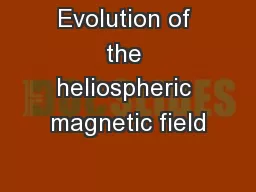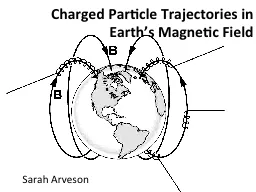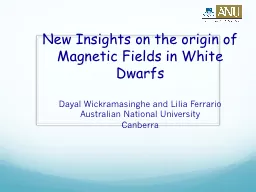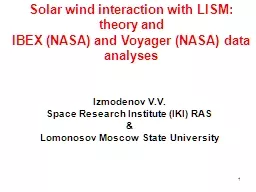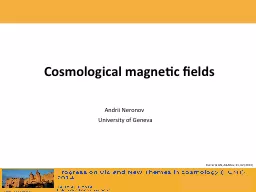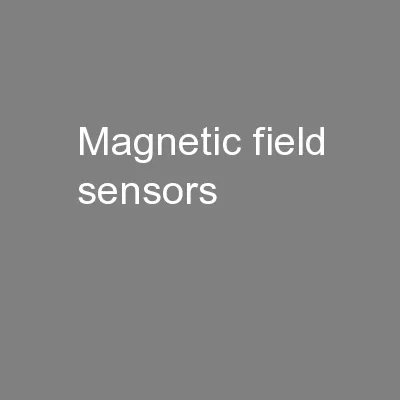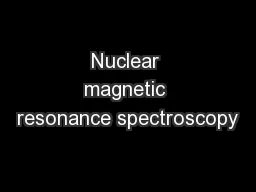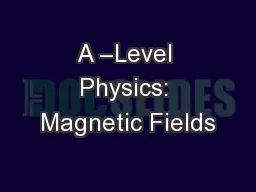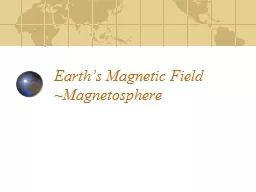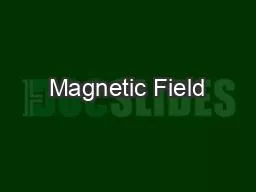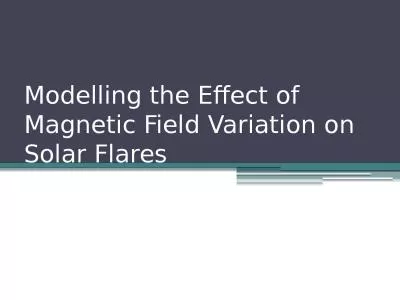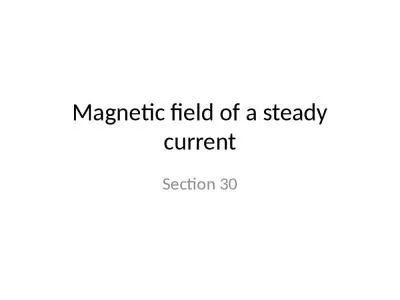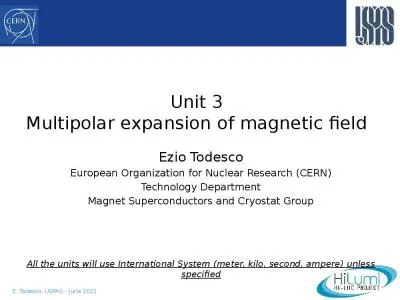PPT-Evolution of the heliospheric magnetic field
Author : tatiana-dople | Published Date : 2018-02-10
Mathew Owens 1 Space and Atmospheric Electricity group Department of Meteorology HMF big Questions that I probably wont answer today What are the physical processes
Presentation Embed Code
Download Presentation
Download Presentation The PPT/PDF document "Evolution of the heliospheric magnetic f..." is the property of its rightful owner. Permission is granted to download and print the materials on this website for personal, non-commercial use only, and to display it on your personal computer provided you do not modify the materials and that you retain all copyright notices contained in the materials. By downloading content from our website, you accept the terms of this agreement.
Evolution of the heliospheric magnetic field: Transcript
Download Rules Of Document
"Evolution of the heliospheric magnetic field"The content belongs to its owner. You may download and print it for personal use, without modification, and keep all copyright notices. By downloading, you agree to these terms.
Related Documents

